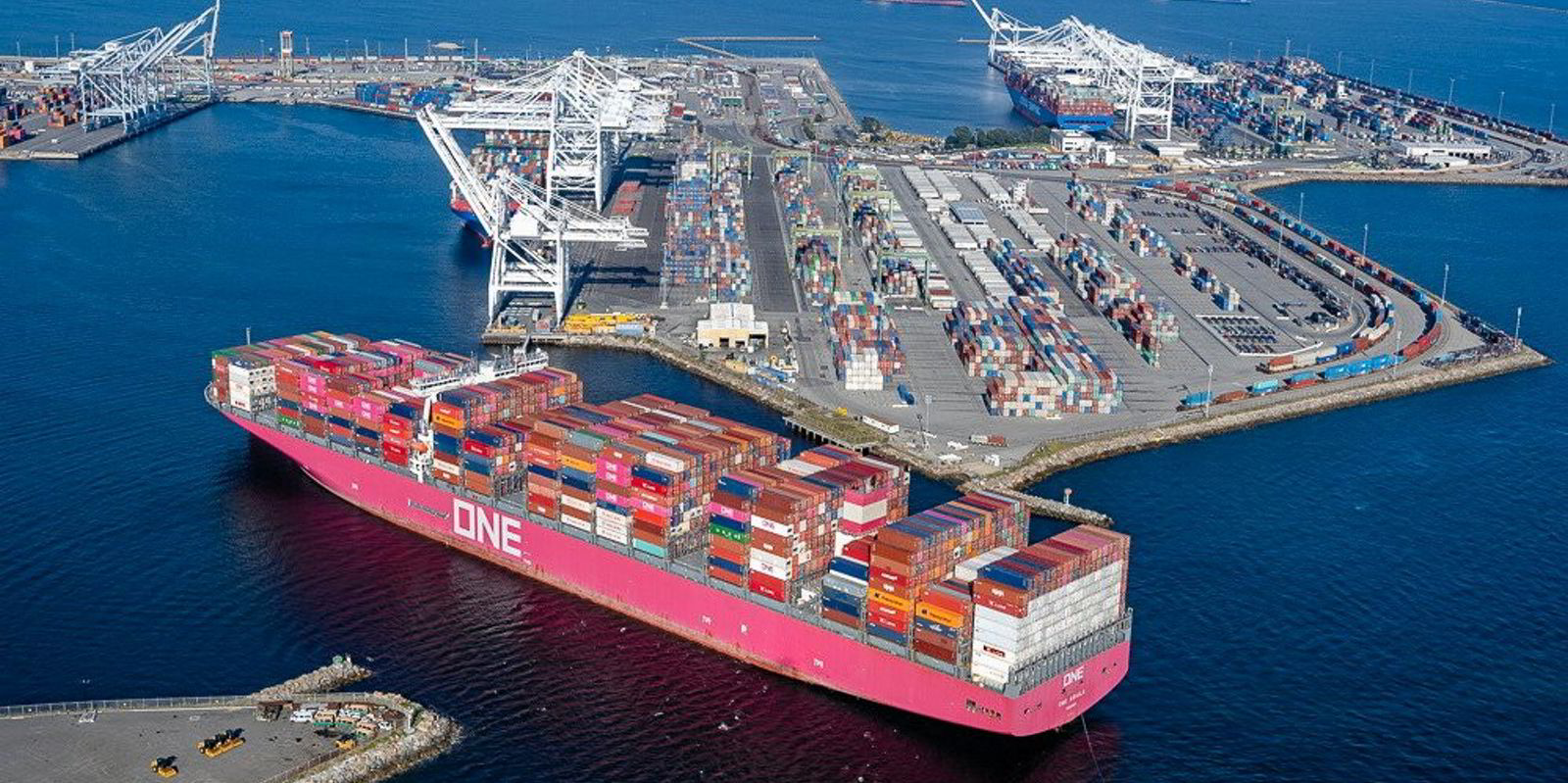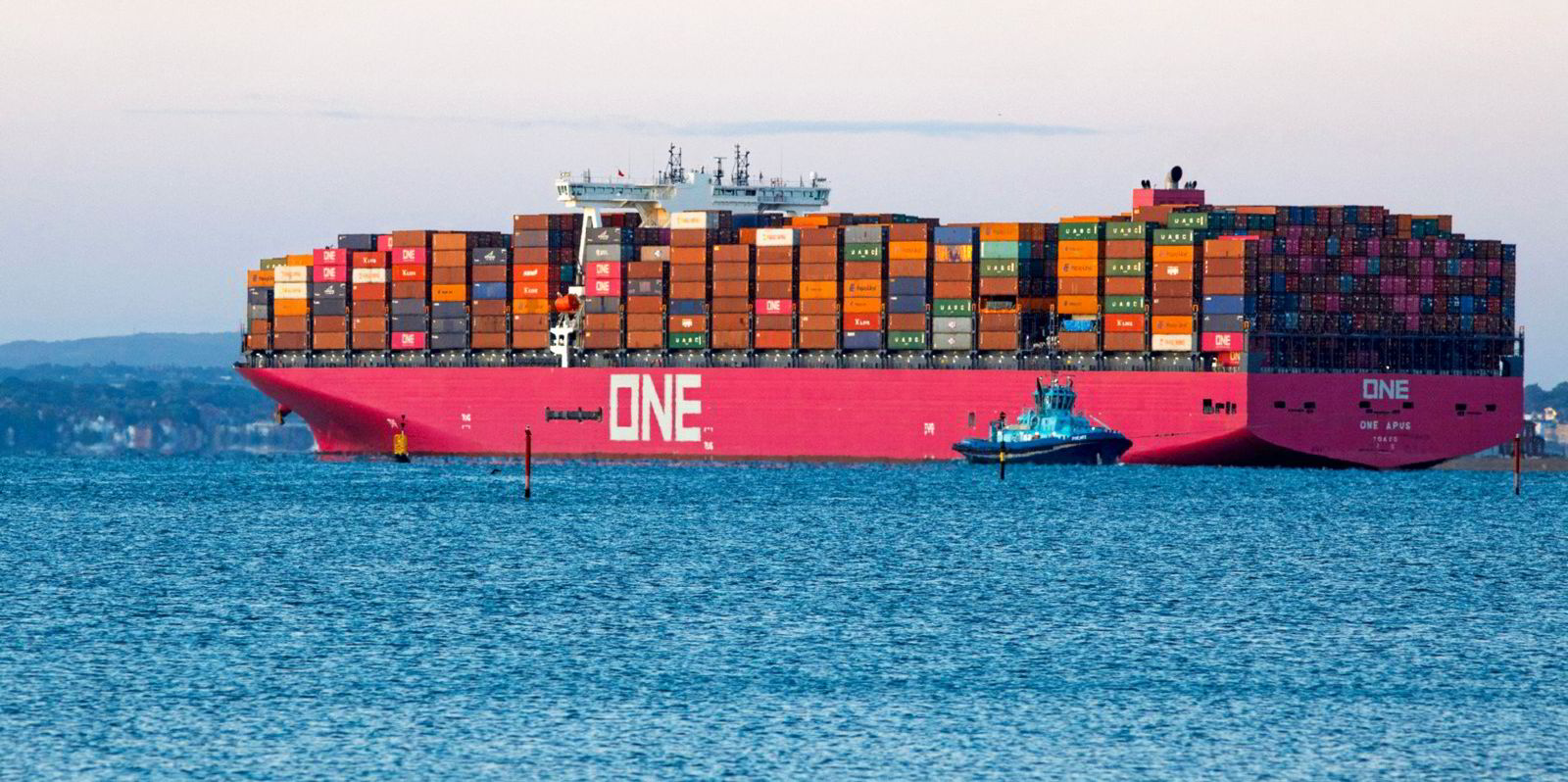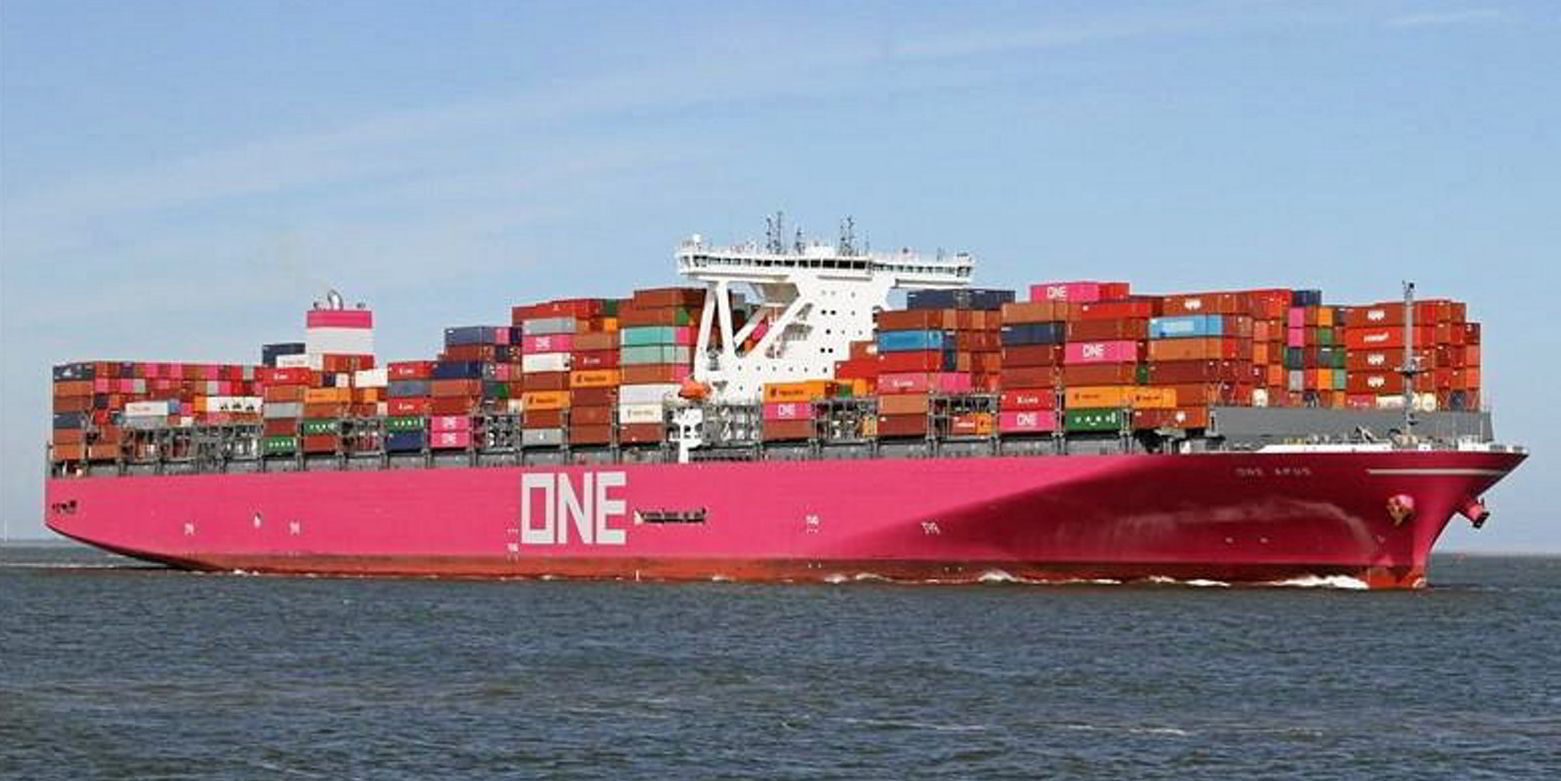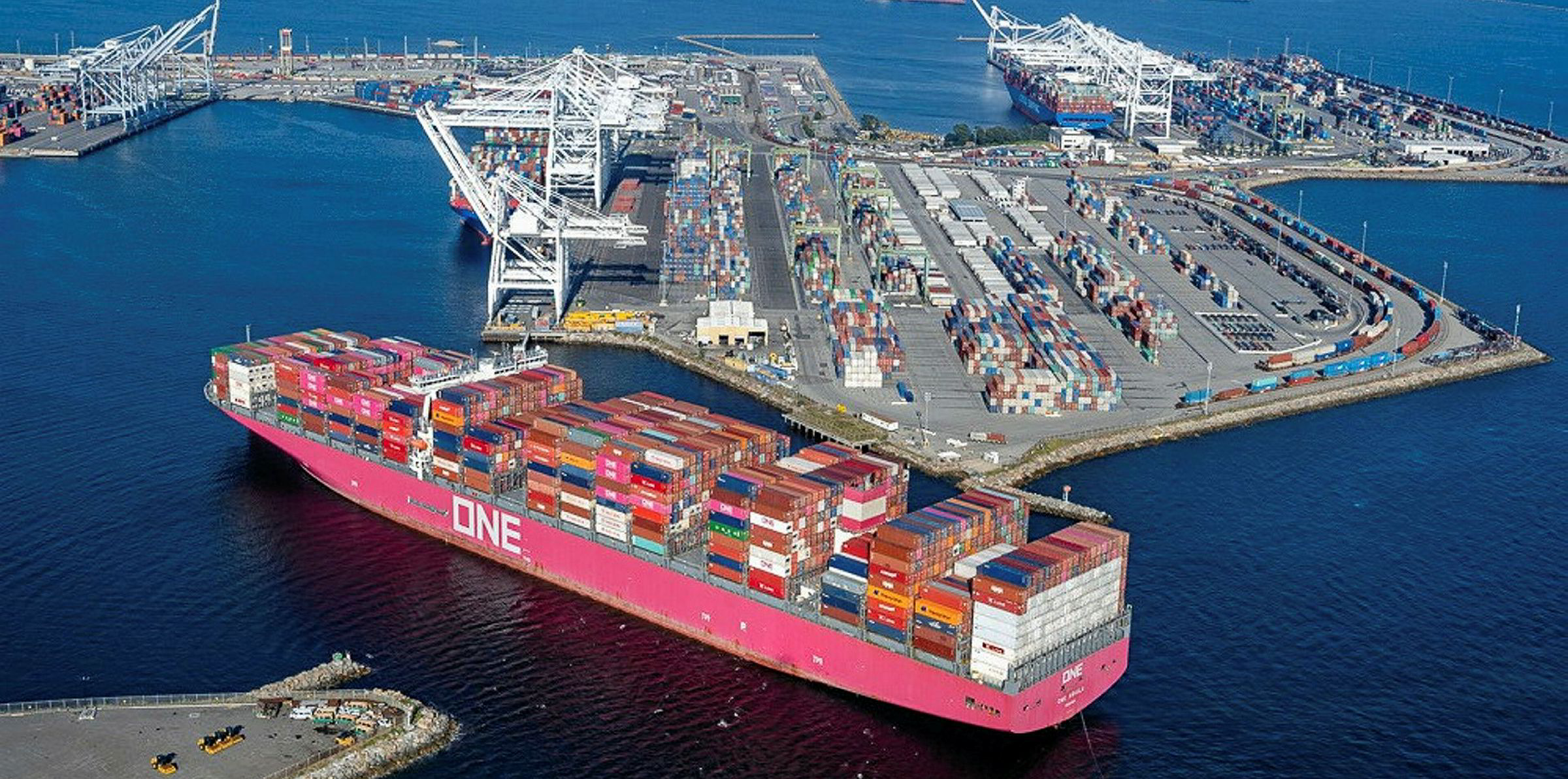The loss of containers from the 14,052-teu ONE Apus (built 2019) could be the worst incident of its kind.
It is the largest loss of containers ever attributable to bad weather and the largest single incident involving loss of containers for many years.
In 2013, the 8,000-teu MOL Comfort (built 2008) sank off Yemen with the loss of 4,293 containers.
Since then, losses have fallen to an average of 1,382 containers each year, according to the World Shipping Council.
That puts the loss of nearly 1,900 containers on the ONE Apus into context, even if slightly fewer containers are lost than initially expected.
The ONE Apus, en route from Yantian, China, to Long Beach in the US, was around 1,600 nautical miles (2,960 km) north-west of Hawaii when it encountered a "violent storm cell producing gale-force winds and large swells" that caused it to roll heavily and dislodge the lost containers.
Japanese line Ocean Network Express said the tally of containers lost had dropped to around 1,816.
But the number of missing containers carrying dangerous cargo has risen to 64, up from initial estimates of 40.
So far, no containers have been spotted by the US Coast Guard, and it is yet to be established what dangerous cargo was being carried.
The numbers issued to date refer only to containers that have been lost. Damage to containers is likely to be extensive and will push up the cost of the incident.
Based on an average value of about $135,000 per container, the losses could rack up to around $250m.
Full cargo for Christmas
But insurance sources believe actual cargo claims may be closer to $50m, given that a significant proportion of cargo will be uninsured.
The ONE Apus is likely to have been sailing with a full cargo in time for the Christmas period.
"It is clear that the voyage schedule for the vessel will be severely impacted by this incident," said marine claims consultancy WK Webster.
"In addition to any physical loss or damage to cargo, any temperature and/or time sensitive cargo stowed on board the vessel may also be adversely affected as a consequence of the prolongation of the voyage."
WK Webster described the loss of containers as "a major incident that will impact a great number of cargo interest and their insurers."
"It is also possible that shipowners may declare general average in light of the extraordinary costs incurred as a result of this incident.
"If so, general average security may be required from all cargo interest prior to delivery of their cargo."
The Japan-flag vessel is covered by the Japan P&I Club and classed by ClassNK. It is owned by Chidori Ship Holding and managed by NYK Shipmanagement.
The ONE Apus lost the containers on 30 November, exactly a month after a sistership was involved in a similar incident.
The 14,052-teu ONE Aquila (built 2018) suffered a container collapse, also in poor weather, off the US west coast on 30 October.
Both ships were built at Japan Marine United for Japanese fund Anchor Investment.
Investigators will examine whether there are similarities between the two cases, with a particular focus on swell conditions at the time.
One source said the latest incident points to a dramatic failure of the deck stow. Other possibilities include "a weather bomb", which may not have been discernible for weather routing.
Investigations are likely to focus on the lashing system used, as well as lashing calculation and load plan.
The ONE Apus is sailing westwards towards Japan, in the opposite direction to its originally scheduled port of call on the US west coast. It is expected to arrive at its port of refuge in Kobe on 8 December.
Once berthed, it is expected to take a significant period to unload the damaged and dislodged containers.









